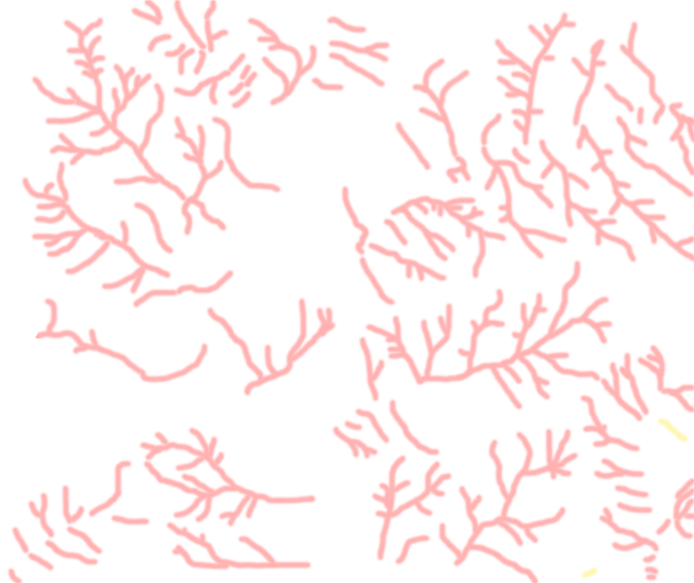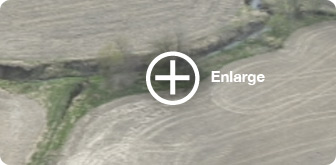AFTERMATH OF A STORM – Page 2
Figure 7: Pollution Pipeline
Figure 8: Fields in Streams
Figure 9: Gullies Visible in Most Crop Fields




- Click to show:
- Isolated Gullies,
- Polluting Connected Gullies,
- Waterways
Every spring in Iowa, we create the equivalent of a 20-million-plus-acre construction site with soils highly vulnerable to being washed away. It is common to see erosion’s ugly scars on the state’s farm fields—deep rills and gullies several feet deep after a 3-to-4 inch rain.
Over the last hundred years, Iowa has lost a significant portion of its most important treasure, the gift of excellent soil — the miracle that sustains us. Four inches of rain over two days is normal for our region of the world, but severe soil erosion caused by your basic spring showers is not.
We say we love America, but we are eroding its flesh and desecrating its waters by overt and careless acts. In spite of all the talk about conservation and stewardship, the obvious scenes of soil loss and evidence of polluted streams speak for themselves. By not doing our best to protect our soil and water, we in effect dishonor America and those before us who sacrificed so much. As Wendell Berry asked, to what extent do we defend against foreign enemies a country that we are ourselves destroying?
I admire farmers who practice long crop rotations, protecting the soils with deep-rooted crops, using few or no pesticides, and apply all other practices that enhance soil and water quality. If only our policymakers would structure markets and create public policies that encourage soil and water stewardship.
Kamyar Enshayan, Director,
Center for Energy & Environmental Education,
University of Northern Iowa, Cedar Falls

 Twitter Updates
Twitter Updates







